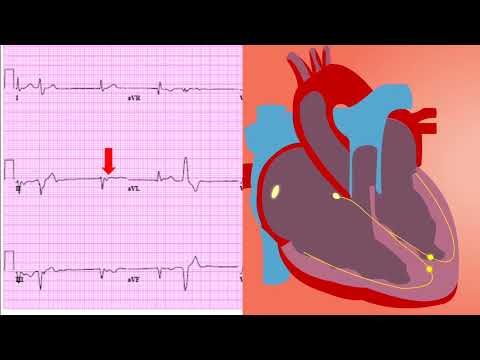🎬 Video Summary
This video provides a comprehensive overview of mammograms, a critical tool in breast cancer screening and diagnosis. Learn about how mammograms are used in clinical practice to detect breast cancer early, improving patient outcomes. Whether you’re a medical professional or simply seeking information, this video offers valuable insights into mammography and its role in breast health.
🧠Teaching Pearls
- Gain a clear understanding of how mammograms contribute to early breast cancer detection.
- Learn about the practical application of mammograms in a clinical setting.
- Discover the importance of mammography in improving breast cancer survival rates.
- Understand the role of mammograms in both screening and diagnosis of breast cancer.
❓ Frequently Asked Questions
Q: What is a mammogram and why is it important?
A: A mammogram is an X-ray picture of the breast used to screen for and diagnose breast cancer. Early detection through mammograms can significantly improve treatment outcomes and survival rates.
Q: How often should I get a mammogram?
A: Mammogram screening guidelines vary, but typically annual or biennial mammograms are recommended starting at age 40 or 50, depending on individual risk factors and recommendations from your healthcare provider. Consult with your doctor to determine the best screening schedule for you.
Q: What happens if my mammogram shows something suspicious?
A: If a mammogram reveals suspicious findings, further diagnostic testing, such as additional imaging or a biopsy, may be necessary to determine if cancer is present. It is important to follow up with your healthcare provider for further evaluation.
Q: Are mammograms safe?
A: Mammograms use low doses of radiation, and the benefits of early breast cancer detection generally outweigh the small risks associated with radiation exposure. Facilities adhere to strict safety standards to minimize radiation exposure.
Q: How should I prepare for a mammogram?
A: On the day of your mammogram, avoid using deodorant, antiperspirant, powders, lotions, or creams under your arms or on your breasts. These products can interfere with the imaging. Wear comfortable clothing and be prepared to undress from the waist up.
🧠 Key Takeaways
- 💡 Understand the methodology behind mammography for breast cancer screening.
- 💡 Learn how mammograms are used in the diagnostic process to confirm breast cancer.
- 💡 Recognize the clinical significance of mammograms in improving patient prognosis.
- 💡 Discover the factors that influence the frequency and timing of mammogram screenings.
🔍 SEO Keywords
Mammogram, breast cancer screening, breast cancer diagnosis, mammography, early detection, breast health, clinical practice
“`

